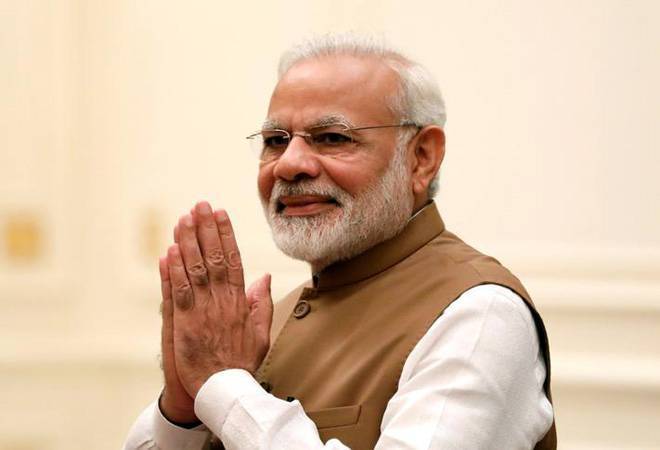So here’s a piece of news you may have guessed or thought about even before it came to strike. You may have thought about it anyway. It doesn’t increase your financial portfolio one bit to know that the lockdown in India has been increased to a new 21-day schedule.
First impressions? Is this the way to go about things? Well, yes, to the effect that let’s not get into any kind of trouble that the desperately ailing Italy finds itself in. What a pity! Can there be a more gruesome tail than the real-life suffering in one of the beating hearts of Europe? Do not forget- 5,476 deaths thus far.
So what PM Modi Ji did by announcing that the entire country is to operate in a lockdown mode until April 15, 2020, is anyways the right thing to do.
When there’s fire, do you go around dropping fuel or kerosene to it? A simple litmus test, right?
So what does the 21-day lockdown in India actually mean? What’s accessible and what isn’t?
First things first, the determined political supremo, honorable Prime Minister Narendra Modi has said:
My fellow citizens,
THERE IS ABSOLUTELY NO NEED TO PANIC.
Essential commodities, medicines etc. would be available. Centre and various state governments will work in close coordination to ensure this.
Together, we will fight COVID-19 and create a healthier India.
Jai Hind!
The above, his exact words on the messenger of choice: Twitter on Social Media.
That said, what’s vital is to note that there anyways shouldn’t have been a need to panic for the simple reason that it is understood, if not explicitly mentioned, that during such a time, essential supplies would obviously be made available.
So even as most people may be incorrectly referring to the lockdown in India as some form of a house arrest, it’s expected for food and rations to not be cut off from the wider public.
How else is one to manage?
Other than that, what must be asked and rightly so is that what was the need to subject the country to such an onerous period of lockdown.
This fundamentally means the lockdown in India is now until 21 days and counting. By this one hopes and truly wishes for things to get better and for the country to recover and get normalized.
So while food and supplies are not going to be cut off from any segment of the society’s milieu, a few questions beg some answers:
1) Would it not have helped since the borders of the country were already sealed with the same rule applying for nearly all states and union territories within?
2) Since offices were already shut, including both private and government, was the increase in lockdown duration the right thing to do, before even arriving at the end of the first imposition?
3) What are the current government’s plans to perhaps execute economic and fiscal policies that can function in the direction of putting the wailing economy on track?
4) If Canada and Sri Lanka, two countries of extremely dissimilar financial strength, GDP growth, and topography have announced a country-wide plan that can be called a “bailout” of sorts, (during these difficult times) when is India planning to announce one, if at all?
To explain further, are there any plans to protect the falling stock markets or safeguard the woeful state of affairs that the necessary lockdown has imposed on those in private jobs and in service of the government?
The fact that the common man of the country, as per his definition, is anyways common but facing uncommon times, where does he go; what assurances apart from the safeguarding of rations (including medicines) is the country providing him?
For this, one doesn’t have to call Mr. Arnab Goswami because the Nation truly wants to know this time.


